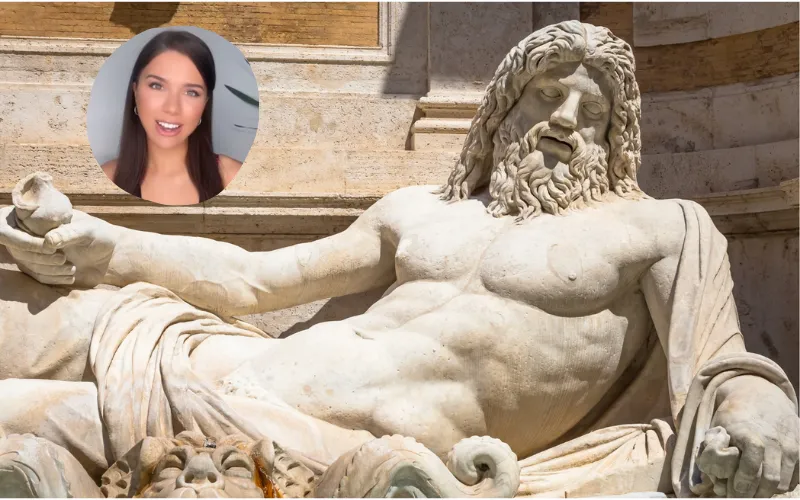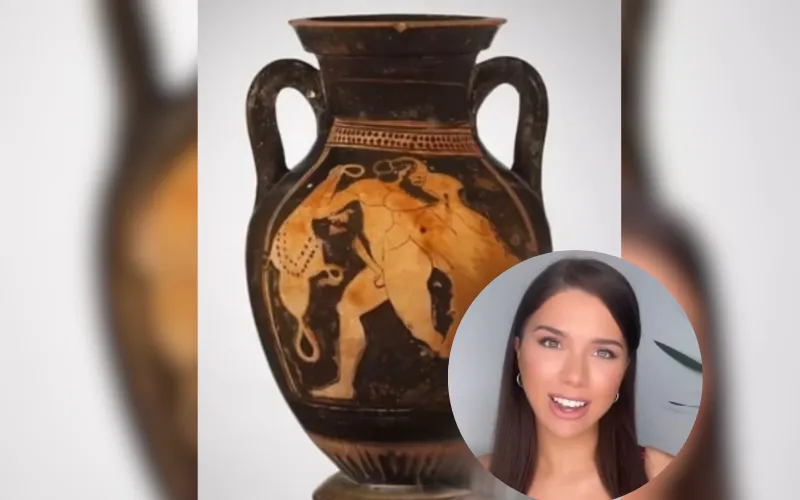Museum visitors have admired the towering marble figures of Zeus, Hercules, and other Greek icons for centuries. Their commanding poses and finely carved muscles leave little to the imagination, yet one detail has sparked curiosity time and time again.
Why, with all their strength and perfection, do these statues consistently feature surprisingly small genitals?
This age-old question recently resurfaced after TikTok creator Ruby Reign (@rubysaysstuff) posted a video exploring the mystery. Her clip quickly went viral, earning millions of views as people debated the reasoning behind the statues’ design.

“Have you ever wondered why these ancient Greek statues have colossal muscular physiques, and yet a tiny package?” Ruby asked in her post. “Well, I have. So I did some digging.”
Her research took her deep into Greek history and art, uncovering an answer that shocked many modern viewers. She shared that the Greeks weren’t sculpting small anatomy by mistake—they were making a statement about values and culture.
Historians back up her discovery, pointing to writings from the time, including Athenian playwright Aristophanes, who once described the ideal male body as having “a gleaming chest, bright skin, broad shoulders, strong buttocks, and a tiny penis.”
It turns out, in ancient Greece, smaller genitals were linked to qualities like self-control and intelligence. Art historian Paul Chrystal explains that a modest size was “a badge of the highest culture and a paragon of civilization,” while larger ones symbolized something very different.
That difference was not flattering. Oversized depictions were often reserved for satyrs, enemies, and foolish characters in pottery and sculpture, representing chaos, lust, and uncivilized behavior.

“What I wasn’t aware of,” Ruby admitted,
“was that the Greeks often presented their enemies, like the Egyptians, satyrs, and even comedic fools, as having large appendages. So it was quite a negative thing to have.”
She went on to explain,
“A smaller package was considered a sign of civility, virtue, and moderation. A larger one was a marker of indulgence and animalistic behavior.”
The revelation left viewers amused and intrigued. Some joked about how they would have been judged in ancient times, while others admitted they were surprised by how much ideals had changed.
Ruby ended her video with a reminder that these statues reflect cultural ideals, not universal truths. “It just shows how much of this is a social construct,” she said. “So don’t beat yourself up over what society says is ideal, because it’s always changing.”
What started as a joke about marble statues has now revealed something deeper: in ancient Greece, the ultimate symbol of refinement wasn’t in the size of the muscles—or anything else—it was in restraint.
Featured image Credit: (TikTok/rubysaysstuff-canva)





